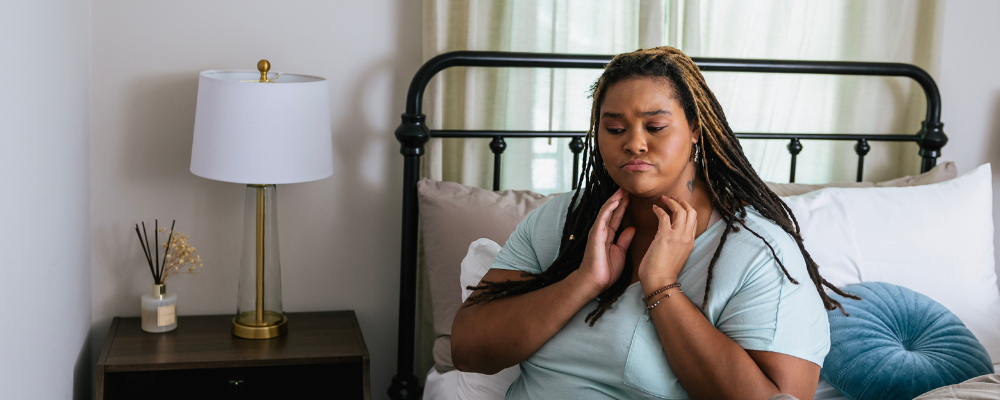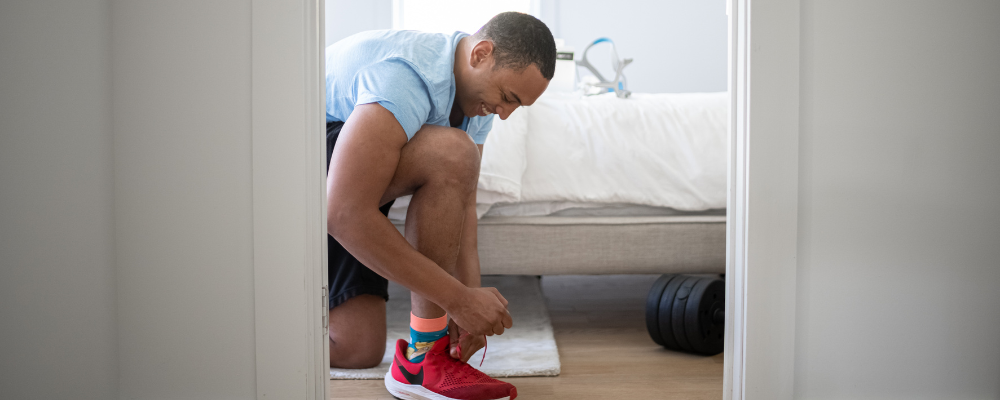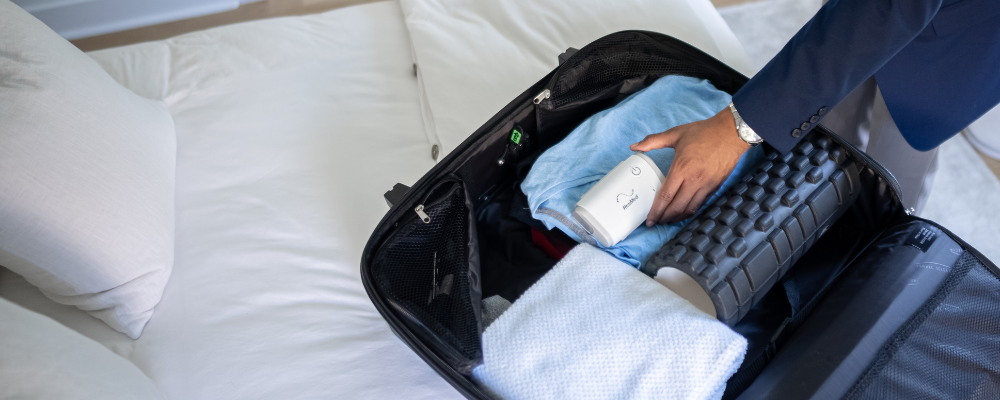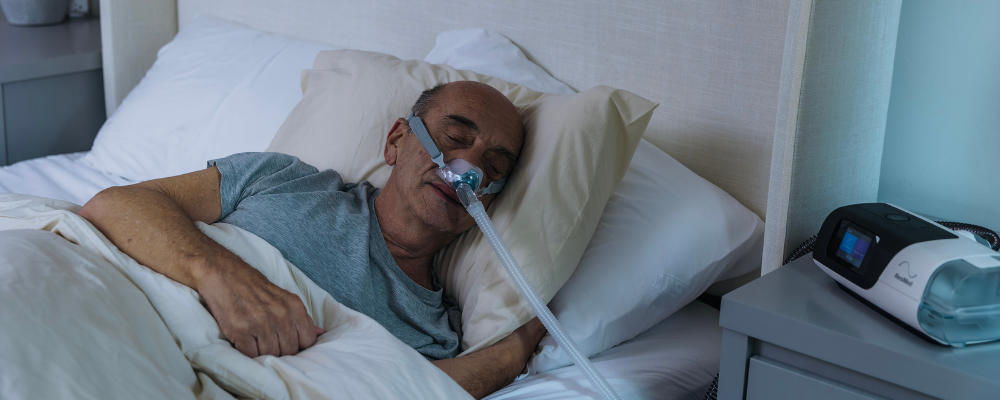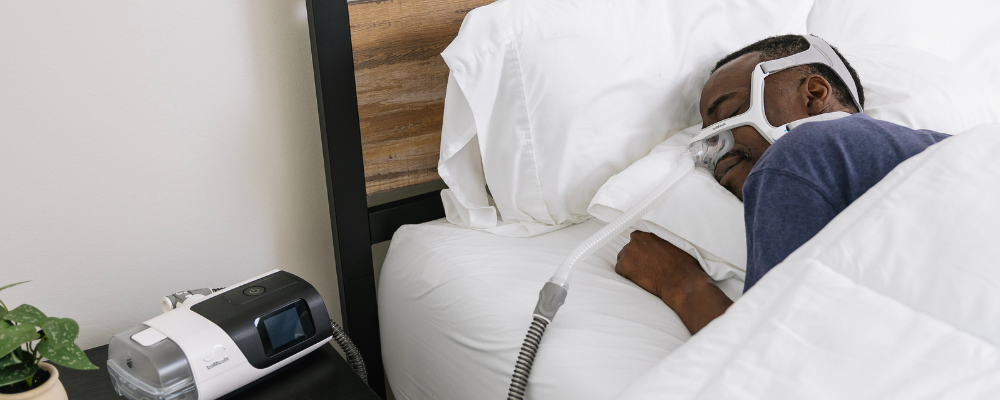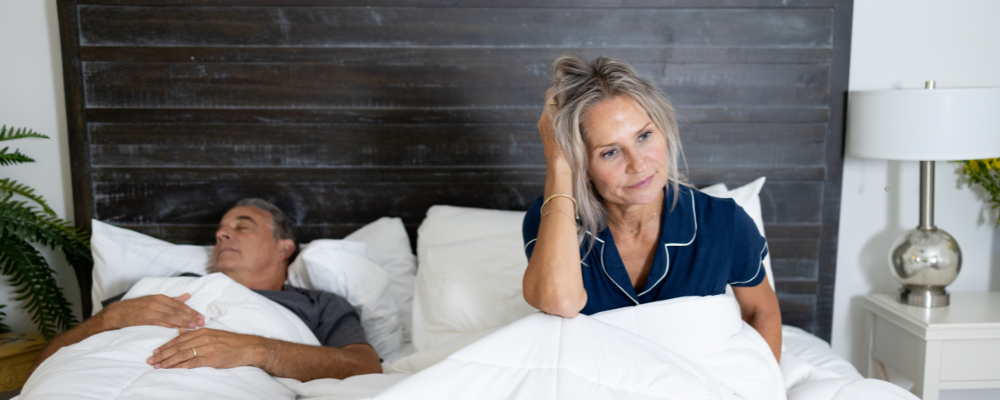While many sleep medicine professionals consider continuous positive airway pressure (CPAP) the ‘gold standard’ for treating sleep apnea, adhering to CPAP therapy can be difficult for many first-time users.
‘CPAP adherence’ is defined as using your CPAP device consistently for 4 or hours or more per night. For many individuals, it can take anywhere from a few days to a few weeks to get used to CPAP.
While this timeline can vary from person to person, women tend to have a more difficult time than men adjusting and adhering to CPAP treatment. But why is this the case, and what can women do to improve their adherence to CPAP? Continue reading to learn more.
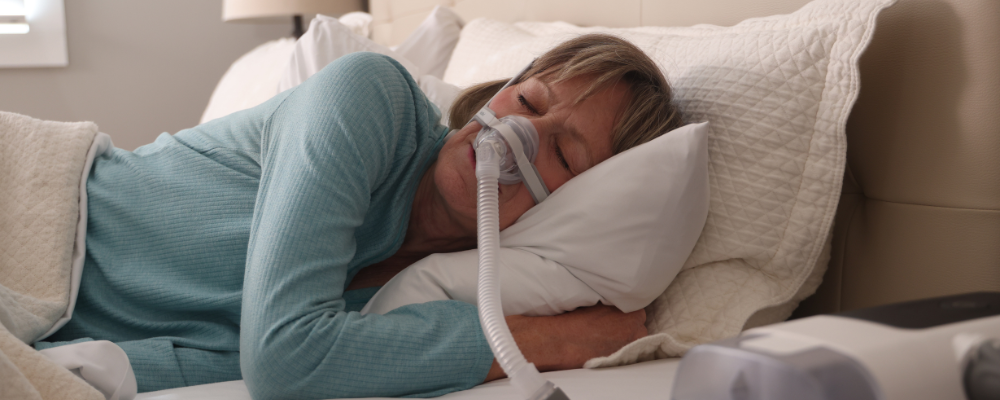
Some studies suggest that women are less likely to adhere to CPAP therapy than men.
A 2020 study found 72.6% overall CPAP adherence; however, the treatment adherence rates had a huge variation, with the highest rates being older men aged 70-81 (80.6%) and the lowest rate being young women aged 18-30 (51.3%). The study also found that patients' age and gender are strong predictors of CPAP adherence.
While women are just as likely to use CPAP to treat their obstructive sleep apnea as men, there are several barriers that are likely contributing to this discrepancy in adherence.
Women often experience barriers to CPAP adherence, such as lack of support, differing symptoms, and negative perceptions of Obstructive Sleep Apnea (OSA).
There’s a lot to unpack here, so let’s break down each factor one at a time.
Women with lower support from others tend to have lower rates of success with CPAP.
A 2017 study found that women who self-reported a strong sense of social support had more success adhering to their CPAP therapy. This data matches public opinion, too. For example, in one forum on Reddit, many users shared about the importance of their friends, family, and/or spouse in encouraging them to consistently use their CPAP therapy.
However, the opposite of this is true - women who feel less supported in their relationships tend to be less adherent to CPAP therapy. In fact, the same study found that relationship conflict among married and partnered women led to lower CPAP adherence. This makes sense as an unsupportive bed partner may make it more difficult for anyone to feel comfortable adhering to their CPAP therapy.
The bottom line is this: a lack of support can be a large barrier to successful CPAP therapy for some women.
Some women experience symptoms that are different from the “classic” sleep apnea symptoms, so they may feel less compelled to use their CPAP consistently.
A 2021 study found that women who are more symptomatic tend to have higher adherence rates. This makes sense because, logically speaking, if you aren’t feeling well, you’re more likely to use your treatment consistently, right?
However, most women who have obstructive sleep apnea tend to present symptoms that are different from the symptoms that are most commonly associated with obstructive sleep apnea, such as loud snoring, gasping for air, and excessive daytime sleepiness. Instead, women often present symptoms such as depression, insomnia, fatigue, and headaches.
This is important to note because an article in the 2024 American Journal of Respiratory and Critical Care Medicine shared that “while CPAP use is associated with improved insomnia symptoms in women, no such improvement is observed with depression symptoms.” This may act as a barrier for women who are suffering from other symptoms. The same article noted that “clinicians may want to consider treatment for depressive symptoms before or at the same time as CPAP to address additional symptoms.”
Since obstructive sleep apnea is stereotypically associated with being male and/or obese, some women feel shame around CPAP therapy.
Sleep apnea does not discriminate; put simply, it is a myth that sleep apnea only affects obese men. While men are at a higher risk for developing sleep apnea than women, that does not mean it is a ‘male only’ condition. Additionally, while obesity is also a risk factor, individuals with healthy BMIs may also develop sleep apnea.
In order for this stigma to be broken, increased education and awareness is critical. There should not be shame in seeking treatment, just as there should not be shame in prioritizing your health and quality of life.
A comfortable mask fit, strong social support, and increased education can all help improve CPAP adherence in women.
First, a comfortable CPAP mask is critical for successful CPAP therapy. Not only does a comfortable mask lead to better sleep quality, but it also helps promote consistent CPAP machine usage. This is an important first step for women who want to adhere to CPAP therapy.
However, this may be difficult at first. Mask selection is hard enough as it is, and many masks are not designed with women in mind. The good news is that CPAP masks have vastly improved over time; there are a variety of masks designed to optimize comfort. One to note is ResMed’s ‘for Her’ model; these masks are designed specifically for women to maximize their overall comfort and fit.
In addition to a comfortable mask, as we discussed earlier, it’s important for women to have a strong sense of social support. The research shows that women who feel a stronger sense of support are more likely to consistently use their CPAP.
Finally, education and awareness play a huge role in women’s sleep health overall. The more we discuss how this sleep disorder uniquely impacts women, the more lives we can positively impact. We invite you to join us and check out our online Resource Center to learn more.
All of these factors will ultimately work together to help improve CPAP adherence in women and ensure every sleep apnea patient, despite gender, gets the treatment they deserve.
References
Patel, Sanjay R et al. “Age and Sex Disparities in Adherence to CPAP.” Chest vol. 159,1 (2021): 382-389. doi:10.1016/j.chest.2020.07.017
Baron, K.G., et al. "Relationships and CPAP Adherence Among Women with Obstructive Sleep Apnea." Sleep Science & Practice, vol. 1, no. 10, 2017, https://doi.org/10.1186/s41606-017-0011-x.
Geer, Jacqueline H, and Janet Hilbert. “Gender Issues in Obstructive Sleep Apnea.” The Yale journal of biology and medicine vol. 94,3 487-496. 30 Sep. 2021
J.L. Morris, P. Scott, and S.R. Patel. Continuous Positive Airway Pressure (CPAP) Adherence in Women: Associations With Insomnia, Fatigue, Depression, and Excessive Daytime Sleepiness (abstract). Am J Respir Crit Care Med 2024;209:A2740.





